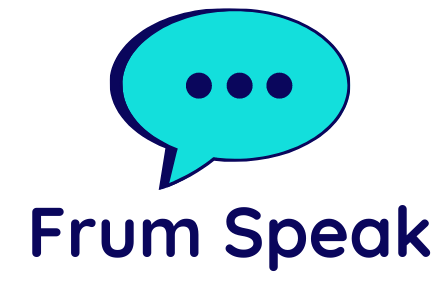Tehran has proposed a three-phase nuclear agreement that would see it roll back its uranium enrichment levels in exchange for the lifting of U.S. sanctions, according to a report by Iran International, citing three diplomatic sources. The plan, presented last Saturday by Iranian Foreign Minister Abbas Araghchi during indirect talks in Oman, would cap uranium enrichment at 3.67%—the level agreed upon in the 2015 Joint Comprehensive Plan of Action (JCPOA), which President Trump withdrew from in 2018. In the first stage of the proposed deal, the U.S. would allow Iran access to billions in frozen assets and permit oil exports, while Tehran would lower its enrichment activity. The second stage would involve lifting more sanctions and suspending the automatic “snapback” of UN sanctions. In return, Iran would permit the International Atomic Energy Agency (IAEA) to resume full inspections, including surprise visits under the Additional Protocol. In the final phase, Iran would transfer its stockpile of highly enriched uranium—some of which is enriched up to 60%, just short of weapons-grade—to a third country. The U.S. Congress would ratify the new deal, and Washington would lift all primary and secondary sanctions. The proposal reportedly surprised U.S. envoy Steve Witkoff, who responded positively during the initial meeting. Witkoff and Araghchi are set to hold a second round of talks this Saturday in Rome. Witkoff had earlier signaled that the White House was open to a limited deal that would cap but not dismantle Iran’s nuclear program. However, he appeared to shift positions just a day later, stating any deal must include a complete end to Iran’s enrichment and weaponization capabilities. A diplomatic source cited by Iran International claimed that Supreme Leader Ayatollah Ali Khamenei approved the talks to buy time for Iran to rebuild its air defenses—severely damaged in October by Israeli airstrikes—as well as to resume production of surface-to-surface missiles. That Israeli attack followed Iran’s unprecedented ballistic missile barrage on October 1, marking its second direct attack on Israel in less than a year. Israeli intelligence reportedly damaged radar installations critical to Iran’s missile guidance systems. The final phase of the deal, which involves moving enriched uranium abroad, appears to conflict with a recent Guardian report indicating Iran was likely to reject such a condition. Russia, a close Iranian ally and the operator of its sole nuclear reactor, has not confirmed whether it would accept Iran’s uranium stockpile. Despite Iran’s claims that it is not pursuing nuclear weapons, international nuclear watchdogs say the country has significantly increased its 60%-enriched uranium stockpile and is on track to quadruple its uranium ore production this year—well beyond the needs of a civilian program. On Thursday, IAEA Director-General Rafael Grossi, visiting Tehran, warned that “time is running out” to reach a deal. The developments come as The New York Times reported that Trump recently blocked an Israeli plan to strike Iranian nuclear sites in May. The president, while confirming he rejected the operation, said he preferred to exhaust diplomatic options first. “I wouldn’t say ‘waved off,’ but I’m not in a rush to do it,” Trump told reporters Thursday. Prime Minister Benjamin Netanyahu’s office, while touting “countless” Israeli actions against Iran’s nuclear program, did not deny Trump’s intervention. Trump unveiled the resumption of direct U.S.-Iran talks during a surprise White House meeting with Netanyahu earlier this […]


Recent comments